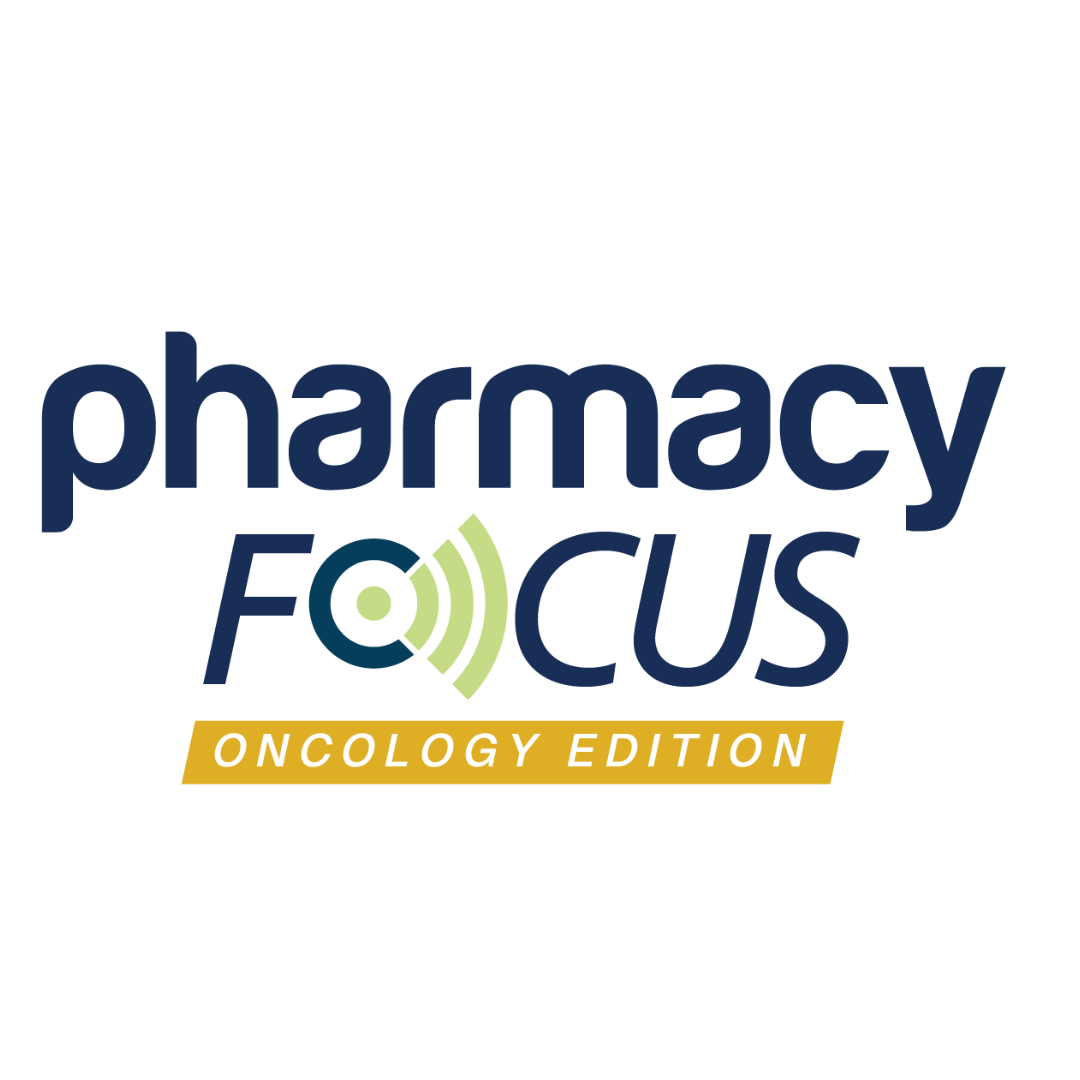News
Article
Expert Discusses Immunotherapy, Antibody Drug Conjugates for Lung Cancer
Author(s):
Christian Rolfo discusses 6 different treatment options that are being developed across immunotherapies and antibody drug conjugates for non–small cell lung cancer and small cell lung cancer.
In a session at the World Conference on Lung Cancer in San Deigo, California, from September 7 to September 10, 2024, Christian Rolfo, MD, PhD, MBA, Drhc, from the James Comprehensive Cancer Center at The Ohio State University, discussed immunotherapies for metastatic non–small cell lung cancer (NSCLC) and small cell lung cancer (SCLC). He discussed 6 different treatment options being developed across immunotherapies and antibody drug conjugates.
Image Credit: Dario Lo Presti - stock.adobe.com

In SAFFRON-301 (NCT04921358), investigators analyzed tislelizumab (Tevimbra; BeiGene) plus sitravatinib for advanced or metastatic NSCLC that progressed on or after chemotherapy and anti-PD-(L)-1. There were 187 individuals in the combination arm and 190 in the chemotherapy (docetaxel) arm, who continued treatment until disease progression, intolerable toxicity, death, or withdrawal of consent. The median overall survival (OS) was similar between treatment arms, and the progression free survival (PFS) was longer with the investigational therapy, but investigators reported it lacked the survival benefit consistent with other phase 3 studies of anti–PD-(L)1 and Tyrosine kinase inhibitors (TKI).
“The study was terminated unfortunately on September 25 [2023], due to the findings that were related with a serious of fatal toxicity that was pulmonary hemorrhage,” Rolfo said. Approximately 98.4% of those with the combination experienced a treatment-related adverse event (TRAE), with 65.1% being a grade 3 or higher.
In a phase 2 study of pembrolizumab and Janus kinase 2 inhibitor, itacitinib for metastatic NSCLC, including 23 patients with a median age of 62 years, and PD-L1 status of 50% to 89% being 60.9% of patients. The median PFS was 15.6 months, with the PFS being 6.97 months for those with PD-L1 50% to 89% and 23.41 months for 90% to 100%, according to the presentation. The median overall survival was 53.4 months.
In Quilt 3055 (NCT03228667), investigators analyzed N-803 (Anktiva; ImmunityBio Inc) for 4 separate cohorts of patients: patients who experienced a partial (PR) or complete response (CR) and were treated with a checkpoint inhibitor therapy after progression on standard-of-care; patient’s whose tumors had PD-L1 expression of 50% or more and progressed on a PD-1 or PD-L1 inhibitor; patients who had an initial investigator-assessed CR or PR, but replaced after a checkpoint inhibitor therapy in combination with chemotherapy in the first line; and patients whose disease progressed after experiencing stable disease for at least 6 months after previous treatment of PD-1 or PD-L1. Investigators found no differences in the cohorts for OS, including in the second or third lines or PD-L1.
Rolfo transitioned into antibody drug conjugates in SCLC, where he highlighted 3 studies, including IDeate-Lung01 (NCT05280470), ARTEMIS-001 (NCT05276609), and TROPiCS-03 (NCT03964727).
In IDeate-Lung01, patients received either the ifinatamab deruxtecan (I-DXd) in either 8 mg/kg every 3 weeks (n = 40) or 12 mg/kg every 3 weeks (n = 40). The primary end point included overall response rate (ORR), with secondary end points including duration of response (DOR), PFS, OS, safety, and more. Investigators found that the higher dose was associated with greater ORR at 54.8% compared with the lower dose at 26.1%. Additionally, intracranial ORR was 66.7% with the lower dose compared with 50% for the higher dose. DOR included 7.9 months with the lower dose and 4.2 months with the higher dose. Data also showed that PFS and OS was longer at the higher dose at 5.5 months and 11.8 months, respectively, compared with 4.2 months and 9.4 months with the lower dose, respectively.
ARTEMIS-001 evaluated HS-20093, which is a B7-H3-directed antibody drug conjugate for extensive-stage SCLC. Investigators included individuals who were previously treated with platinum-based chemotherapy and immunotherapy, but had no more than 3 prior lines. Individuals received either HS-20093 8 mg/kg every 3 weeks (n = 26) or 10 mg/kg every 3 weeks (n = 25). The ORR was 61.3% for those receiving the 8 mg/kg disease and 50% for those on the 10 mg/kg dose. PFS was 5.9 months and 7.3 months, respectively. Furthermore, investigators noted that patients who had prior platinum therapy with immunotherapy and no history of TOP1 inhibitors achieved an ORR of 75% and 66.7%, respectively.
Lastly, in the TROPiCS-03 trial, individuals received 10 mg/ kg of Sacituzumab govitecan on day 1 and day 8, then for 21-day cycles until progressive disease or unacceptable toxicities. The primary end point was ORR with secondary endpoints of DOR, OS, and safety. Of the 43 patients included, 20 were platinum-resistant and 100% were treated with platinum-based chemotherapy and immune checkpoint inhibitors, according to the presentation. ORR was 41.9% with median DOR of 4.7 months and the DOR rate at 6 months was 48.2%. Furthermore, approximately 76.7% of patients had tumor shrinkage and 48.8% had a reduction of more than 30% in target lesion diameter.
For those who are platinum-resistant, the ORR was 35% and 47.8% for those were platinum-sensitive.
“My take home message for this session was that this compound, specifically the combination of Anti-PD1 and AntiTIM3 have not shown survival advantage in this population of resistant in checkpoint inhibitors,” Rolfo said. “Promising activities in the novel combinations of the JAK 2 inhibitors and PD1 in first line and also this novel approach of superagonist interleukin 15 and checkpoint inhibitors in pre-treated populations.”
REFFERENCES
Ferreira CGM, Rolfo C, Figueroa PU, Sands J. HOD01 - Highlights of the Day - Sunday Abstracts. World Conference on Lung Cancer; San Deigo, California. September 7 to September 10, 2024.






